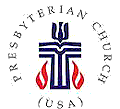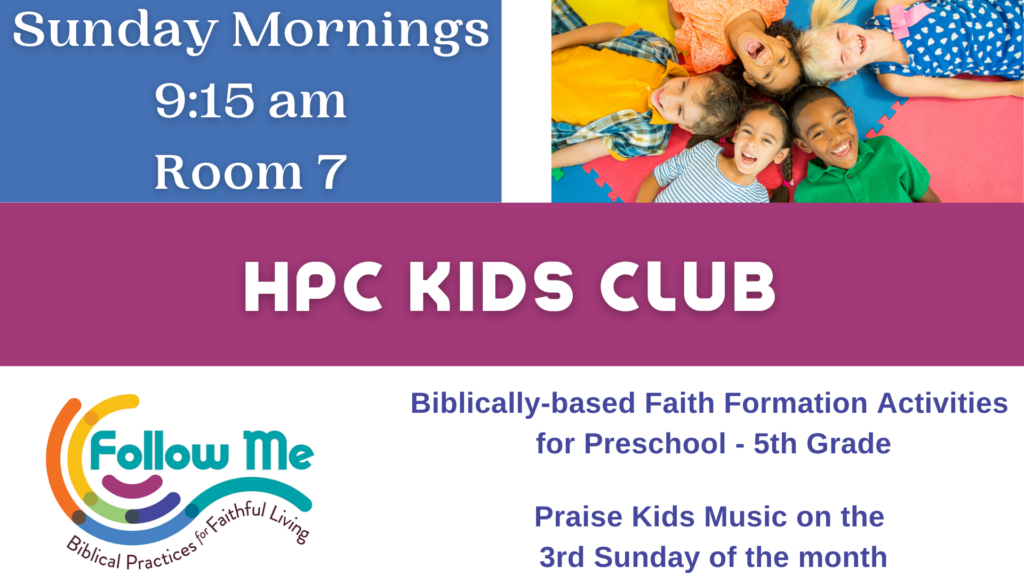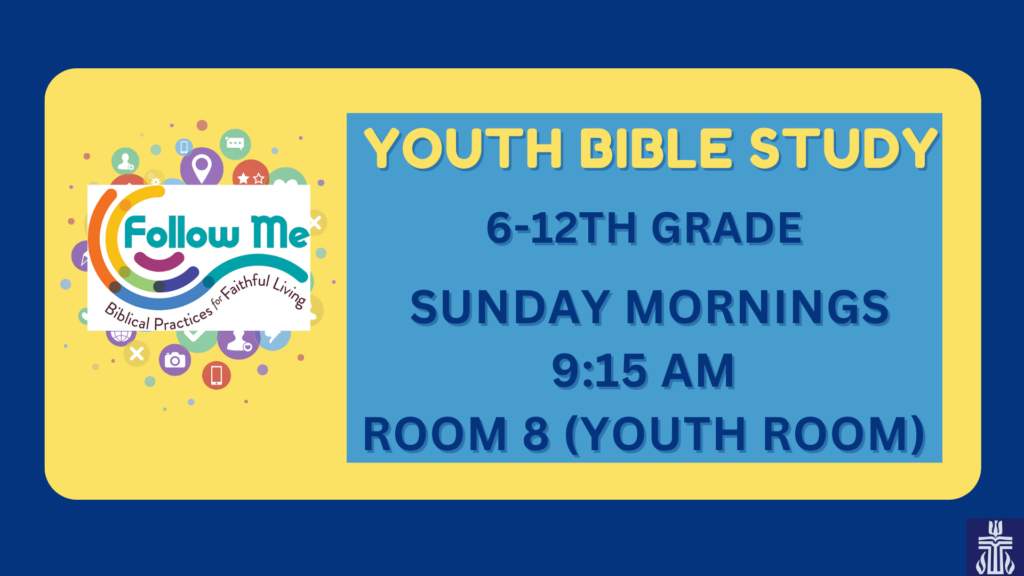When something big happens, our natural inclination is to celebrate. This Monday night, after UNC beat Gonzaga and in the NCAA Men’s Basketball Tournament Final Championship game, Tarheel fans all over cheered. In Chapel Hill, they believe that 55,000 fans rushed to the famous Franklin Street. It was a wave of people, students and others from the community of all ages, gathered to unite behind the same good news – UNC had won its sixth national championship. It looked something like this:
Admittedly, I’m a bit biased on this one, but it does make for a good illustration on this Palm Sunday. Today is a day of celebration! Have you ever been a part of such a parade? Have you ever found yourself caught up in a cheering crowd? It is an experience unlike any other, to be surrounded by such positive energy and blissful joy. It is a rallying cry and unifying moment for many, all pointed in one direction. Our gospel text from this morning paints this amazing picture as Jesus triumphantly enters Jerusalem to a cheering crowd. It is a ticker-tape parade, as the crowd parts to make way for the honored guest. They roll out the red carpet for Jesus, laying their coats on the ground. It is an entrance fit for a King, and indeed that is how Jesus is welcomed.
It is significant that he is entering Jerusalem, the city made great by his ancestor David. Remember David? The Cinderella story of the youngest son of Jesse, the shepherd boy who was anointed by Samuel? He went on to become one of the greatest kings the people of Israel had ever seen.
Under David and his son Solomon, Israel experienced the greatest period in its history. The country was united, all twelve tribes under one king . . . David was the just and righteous king. He became associated with goodness, power, protection, and justice; he was the ideal shepherd-king, the apple of God’s eye, even God’s son. The time of glory, the ideal time, was remembered. So revered did David become that the hoped-for future deliverer, the messiah, was expected to be a “son of David,” a new David, indeed greater than David. And this new David, this son of David, would rule a restored kingdom from Jerusalem[i].
While Jerusalem was once a great city, in the centuries after David, it was fraught with conflict and decline. By the first century, we see Jerusalem in conflict, struggling to balance both secular authority from Rome and religious leadership. The expectation of the crowd is that the Messiah will overthrow these powers, and bring Jerusalem, and by proxy all of Israel, back into glory. The crowd cheers as the victor comes home. They proclaim him as king. He is the “Son of David,” the Messiah they have been waiting for. On this final Sunday of Lent, we rejoice along with the crowd that God has given us an incredible and much anticipated gift – a King!
But, instead of singing “We Are the Champions,” this crowd has another chant – “Hosanna!” This is a unique word in Aramaic, found only in this story in the gospel accounts given by Matthew, Mark, and John. It is a shout of praise, but literally means “save (or help), I pray.” It is a phrase that would have been familiar to the Jews as a part of their worship practices, described beautifully in our Psalm from this morning (Psalm 118:25). This cry is familiar to us, too, especially in these final days of Lent, a time in which we are even more aware of the many places in our lives that need saving. We shout Hosanna: for all that we personally need to be saved from in this world. For our own personal sins, the mistakes we have made, the things we have left undone, all the ways we have failed to be the disciples we claim to be. We shout Hosanna: for the sins of the world that need divine presence – whether we are directly involved or indirectly watching from a distance. For the ways we have exploited our natural resources and have caused harm to the earth. For conflicts that have escalated to chemical attacks, missiles, and talks of war. For the ways in which we have failed to care for our neighbors and have abandoned the least of these. We shout Hosanna: For all of this and more, the things we dare not say out loud, but in our Lenten journey have discovered in the dark corners of our lives. Our cries build, gently and humbly at first, penitent, then turn into shouts with an energized fervor and deep longing for something to change. Palm Sunday is no ordinary parade. It is the culmination of who God’s people are and a cry out for what they need, both in the first century and today. “Save us” is a powerful thing to shout. It’s not the usual cheer at a celebration rally. It points to a much deeper truth about the crowd and what it is looking for.
What do you think of when you imagine a king? Chance are, something like the hopes and expectations of the Palm Sunday crowd; an all-powerful Messiah who will overthrow secular powers and bring the people back to their glory. Almost a superhero, if you will. A few years ago, I told this story to a group of preschoolers, using a method of storytelling known as Godly Play, which is the same as Pam tells each week in our Children’s Chapel. After sharing the story using simple wooden figures, the children are invited to wonder and engage with the story. After the palm branches had been laid and Jesus entered the city gate, I sat back and asked “I wonder, what kind of king Jesus would be?[ii]” The children answered with great ideas – a kind king, a nice king, a strong king, and so on. Then, one little one gave my favorite answer of all time. “The king of silliness!” she exclaimed gleefully and then dissolved into giggles.
Her answer might have been one of the best to describe this particular story. Matthew’s telling in particular is rich with satire and irony. Did you pay attention to his instructions to the disciples and how he comes into the city? Riding 2 animals: a donkey and a colt. It is a hysterical image to consider. Mary Hinkle Shore suggests that it “resembles a circus trick more than a royal procession[iii].” The description of his entry suggests layers of meaning. Shore continues to compare the entry into Jerusalem as:
an event that today we might call performance art. Jesus enacts a prophetic word that looks toward the arrival of one who will rule God’s people in a time of peace[iv].
In contrast to expectations, and other processions of Roman guards and governors, Jesus enters on the humblest of animals – both of them. It is a dramatic statement, meant to send a message about what kind of king he would be. It is meant to make us think, even among our cheers, that we should probably begin to expect something different than a mighty warrior. In this act, Jesus flips the script, and those in leadership begin to take notice. The brightness of the parade is contrasted to the shadows that begin to appear, ominous foreshadowing for where Jesus is heading. This tension emerges again, even more so if we pay attention to the irony and threat Jesus’ entrance as “king” really presents.
Andrew Lloyd Weber and Tim Rice tried to convey this in their magnificent rock opera, Jesus Christ, Superstar, which debuted in 1971. The story is loosely based on the Gospel accounts of the last week of Jesus’ life, but highlights and extrapolates a lot of political and interpersonal aspects that go beyond our text, which in some circles made it quite controversial. Nevertheless, the depiction of his entry into Jerusalem is a great picture, visually and melodically. As the title suggests, the whole show plays with the idea of Jesus being a celebrity with rock-star status. It also balances the outlandish nature of the crowd and their hopes combined with the ominous undertones of what would come. It captures what Matthew describes in verse 10, with “the whole city was in turmoil.” Take a look, and imagine yourselves again in this parade with this scene from the more recent film, produced in 2000:
“I wonder, what kind of king Jesus would be?” Would it look like this? Or is there more to the one who enters Jerusalem than just some superstar status. Matthew’s gospel closely connects Jesus with the Jewish understandings of the Messiah from the Hebrew Scriptures. Here, he includes reference to Zechariah. Chapter 9, Verse 9 indicated the dual animals of a donkey and a colt, symbols of peace and reconciliation. Reading further from the prophet, we find that the rest of the Zechariah passage details what kind of king this will be. Verse 10 reads, “He will cut off the chariot from Ephraim and the war-horse from Jerusalem; and the battle bow shall be cut off, and he shall command peace to the nations (Zechariah 9:10).
Rather than a mighty warrior king, Jesus is the kind of king who brings about peace. This is the fulfillment of the scriptures. And I think the crowd understood that a bit, especially those who had been following him. Jesus, after all, has up to this point presented himself as nothing other than a teacher and healer, a “miracle-making philosopher/rabbi whose only firepower is his compelling presence and word[v].” And that was enough to draw a crowd.
The crowd of Palm Sunday represents the height of the excitement over who Jesus was on earth, and hints at the possibility of what his kingdom might bring. Those who gathered along the sides of the road that day longed for a Savior. There was so much in the world from which they needed redemption and peace. This was more than just good fun on a Sunday afternoon; it was an urgent plea for their very lives. This is what Palm Sunday is all about. A people’s deep longing for something more. It is a story rich with drama and full of spirit, the perfect text to usher us into this Holy Week. Of course, we know where this story leads – by the end of the week our King will wear a crown of thorns. And yet, with this knowledge we still dare to praise him and lift him up above all others. We share in the hope of the people gathered that day long ago, because we are those people, too.
This is why we still shout, “Hosanna!” And we rejoice that our shouts will not just echo into the abyss. For God has given us the gift of a King. Jesus Christ is our Savior. The Messiah has entered the gates triumphantly, and goes before us. Blessed is the one who comes in the name of the Lord! Amen.
~Rev. Elizabeth Lovell Milford
———————————————————————————
[i] Marcus J. Borg & John Dominic Crossan, The Last Week: What the Gospels Really Teach About Jesus’s Final Days in Jerusalem, (New York: HarperOne, 2006).
[ii] Sonja M. Stewart and Jerome W. Berryman, “Jesus the King,” Young Children and Worship, (Louisville, KY: Westminster John Knox Press, 1989), 187.
[iii] Mary Hinkle Shore, “Exegetical Perspective: Matthew 21:1-11,” Feasting on the Gospels: Matthew, Volume 2, Chapters 14-28, Cynthia A. Jarvis and E. Elizabeth Johnson, editors, (Louisville, KY: Westminster John Knox Press, 2013).
[iv] Ibid.
[v] Michael D. Kirby, “Pastoral Perspective: Matthew 21:1-11,” Feasting on the Gospels: Matthew, Volume 2, Chapters 14-28, Cynthia A. Jarvis and E. Elizabeth Johnson, editors, (Louisville, KY: Westminster John Knox Press, 2013).



